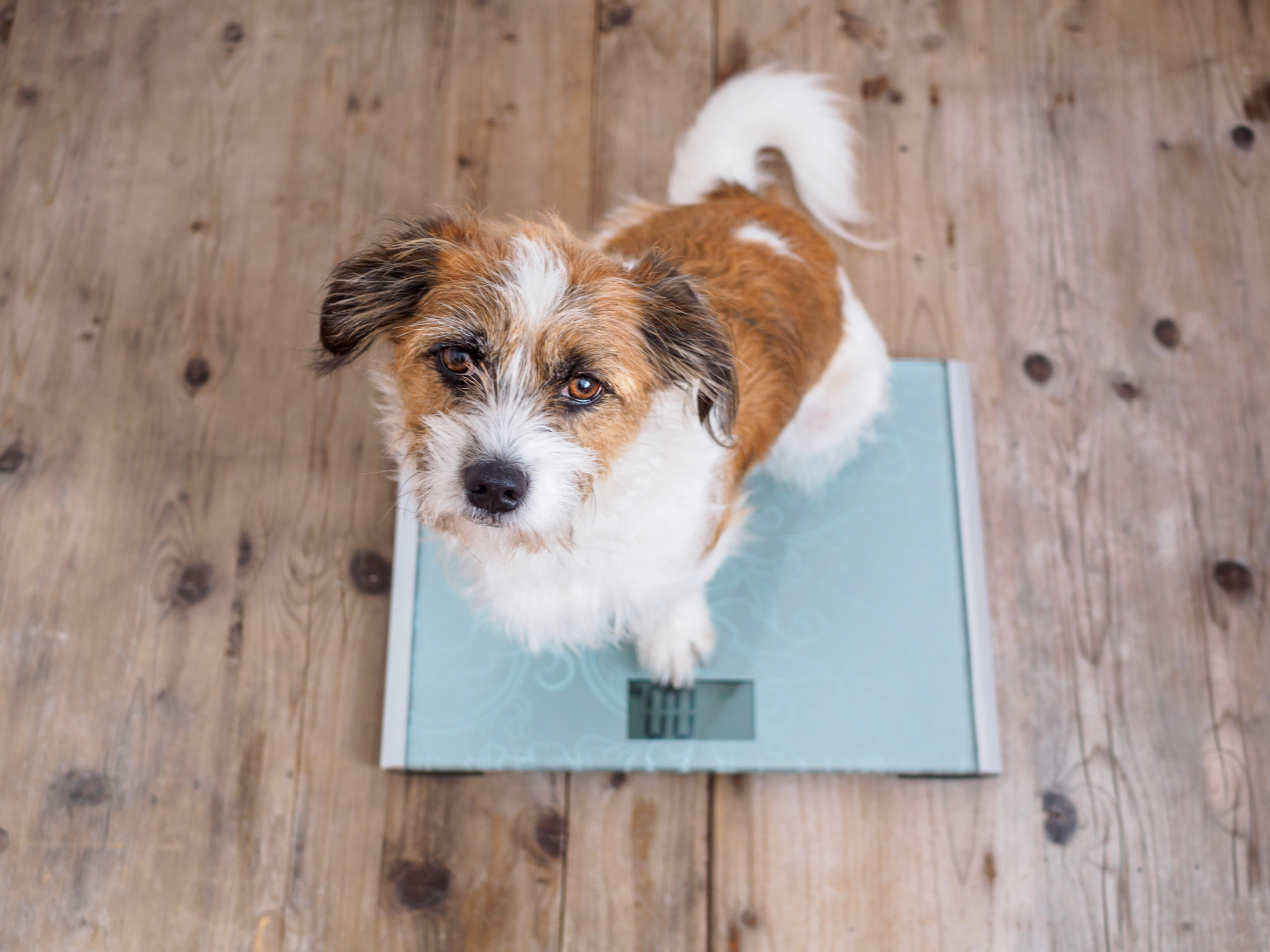
Many of my clients will bring up exercise when I recommend that their dog lose weight. It makes sense: for humans, the recommendation to exercise is almost always tied in with weight loss. However, exercise to the level of causing weight loss in dogs is not achievable without significant lifestyle changes for both the owner and the dog – in most cases. In my years of practice, I have had one patient who lost weight solely due to exercise – she was a young adult Boxer, I recommended weight loss, and was astonished and thrilled when she came back a few months later trim, fit, and gorgeous! I congratulated her owners on their excellent work, and was surprised when they told me they didn’t change her feeding at all. How did they do it? They moved to a working farm. Their Boxer now hangs out with a pack of farm dogs, and they run, chase, play, and explore for literally 8-10 hours every single day. Now, this type of lifestyle change is not realistic for most people (and they didn’t do it for the dog, it was a job change for the humans). This is not to say that increasing exercise isn’t worth it. Exercise is extremely beneficial for dogs, just like humans! It improves their cardiovascular health, their musculature, joint health, mental health, etc. It just doesn’t (except in rare, extreme cases) make them lose weight, especially if the “exercise” is a walk in the neighborhood, which for most dogs is entertaining, but not exercise.
So how do we achieve weight loss in dogs? It is all about the calories taken in. Reduce the calories to reduce weight. A gradual decrease is ideal, as rapid weight loss can be dangerous. The first place to start cutting calories is the treats or table food, as these tend to be high in calories and low in balanced nutrition. Treat options that are low calorie include dog treats specifically designed for overweight dogs, carrots, green beans, and individual kibbles of their regular food. Once we have reduced the extra calories from treats and table food, if more weight loss is needed it’s time to reduce the amount of food fed. If we are needing to restrict much beyond the bag recommendations (and this should be based on their ideal weight, not their current weight!), we may need to consider a weight loss diet to ensure the dog is getting the right amount of vitamins, minerals, and other nutrients.
It is very common for owners of overweight dogs to report their dog eats very little, or is picky about what they eat. Many of these owners resort to adding tasty extras to the dog food to encourage the dog to eat. However, this just exacerbates the problem. Really, the dog is most likely not excited about eating their dog food because they know if they hold out they will get something better, and because they are not hungry! Just like after a Thanksgiving dinner – you aren’t hungry anymore, but if pie is offered, you can make a little more room. We need to break the habit of pushing the overweight dog to eat every meal. If they are not hungry, it is fine for them to skip a meal! And the same goes for a dog who has become used to getting extra temptations with their food. They may go on a hunger strike waiting for their extras – be strong and don’t give in, and they will eat their dog food eventually. Please keep in mind: this advice doesn’t work for cats, who will hunger strike themselves into liver disease. Dogs just don’t have the same susceptibility, or the same level of willpower as cats.
By Ema Thigpin, DVM
Bear Creek Animal Clinic

